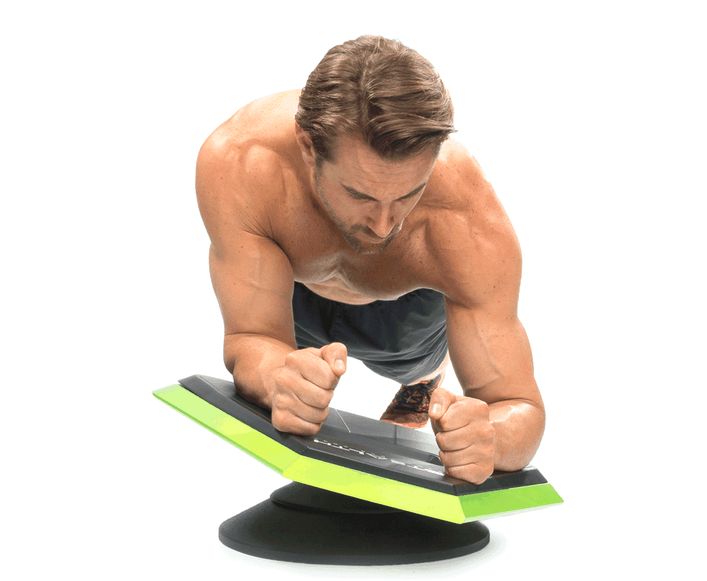As annoying as it might be to hear, simply doing exercise isn’t enough. It’s also necessary to introduce variety into exercise routines, or else long-term physical change will be hard to achieve. Generally speaking, doing so is difficult but can be done. Effectively targeting the 29 different core muscles and keeping them on their toes, though, is a different challenge altogether. This is exactly what makes Stealth so appealing.
Stealth offers users a quick and effective core workout in under three minutes. They simply need to download the Stealth app on their smartphone, place it inside the Stealth, choose their workout, get into the plank position, and exercise their core. The game itself challenges users to follow and destroy different colored circles by bending, twisting and angling themselves in different directions — a ruse to distract them from the pain they’ll definitely be feeling.
